Cancer Risk, Mercury Poisoning, Organ Damage: This Toxic Fish Is Banned Yet Sold Openly
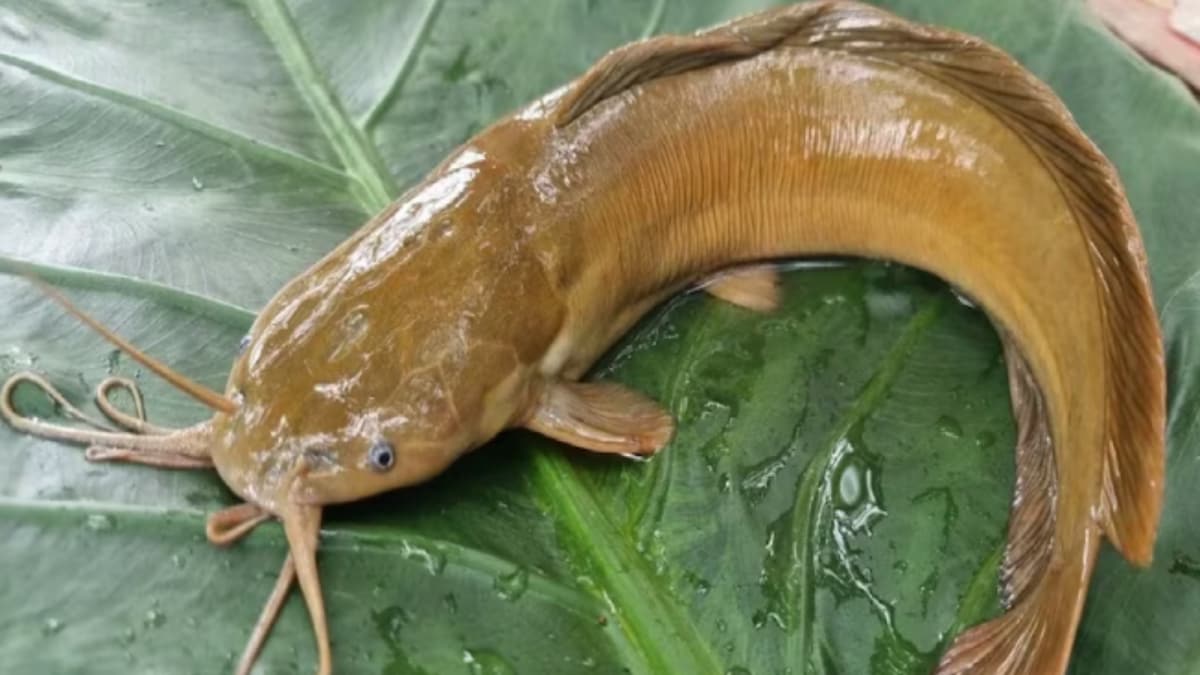
Eating fish is highly beneficial for health. It serves as an excellent source of protein, vitamins, and omega-3 fatty acids. Regular consumption of fish reduces the risk of heart disease, stroke, and various types of cancer. However, while the advantages of eating fish are plentiful, there are also certain fish that can be harmful to the body. One such fish, which is banned in India, unknowingly increases the risk of cancer.

Fish and rice are the favourite foods of Bengalis. Fish can be categorised into different types based on their source, fat content, and fibre. For instance, freshwater fish include Rui, Katla, Koi, and Puti, while saltwater fish include Rupchanda, Laitta, Bhetki, and Hilsa. Low-fat fish examples are Magur, Taki, and Shing, whereas high-fat fish include Pangash, Chital, Bhetki, and Hilsa.
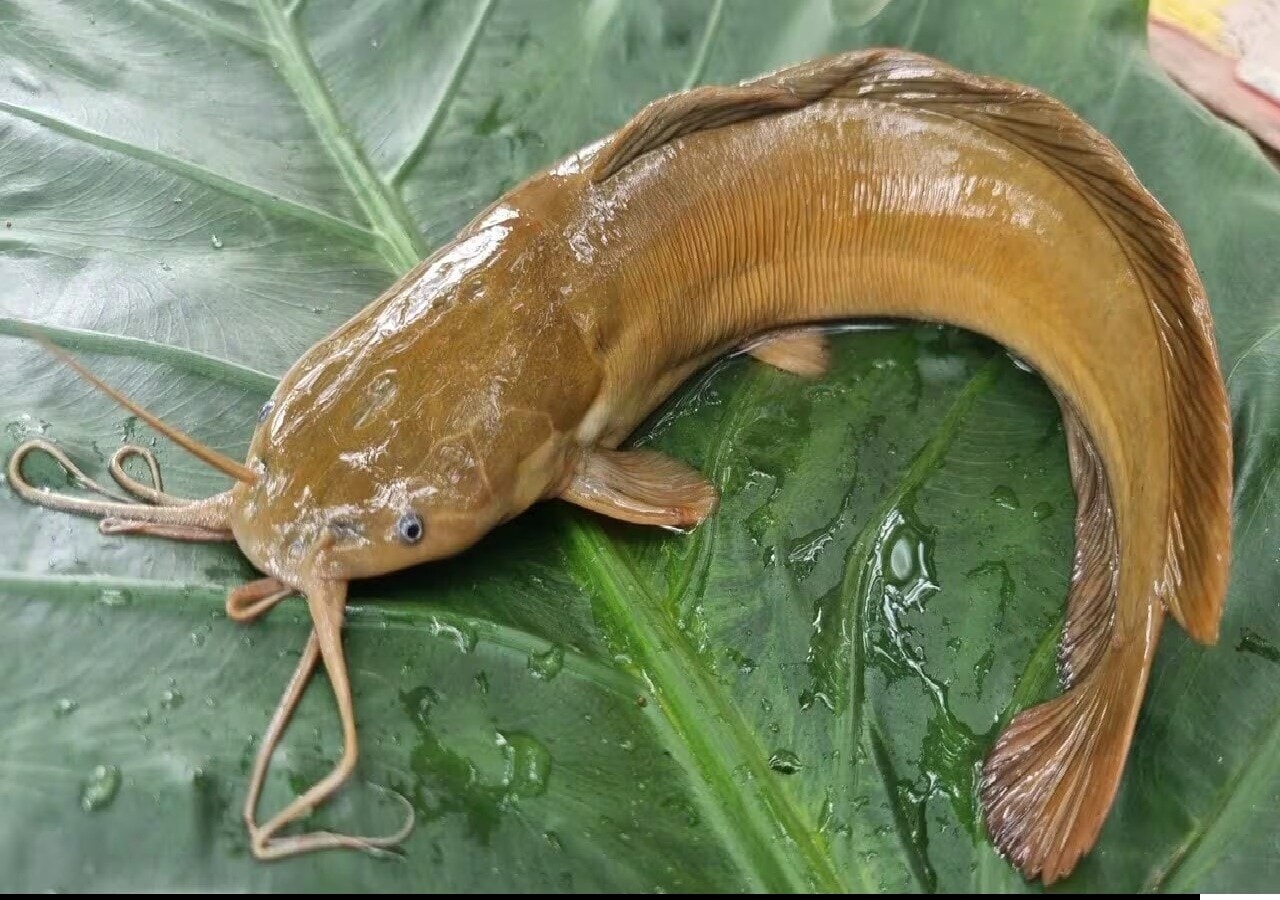
However, fish enthusiasts should be cautious of a fish that heightens the risk of cancer. Despite being banned in India, it is still sold freely. This fish is called Thai Magur, and it should be avoided at all costs.
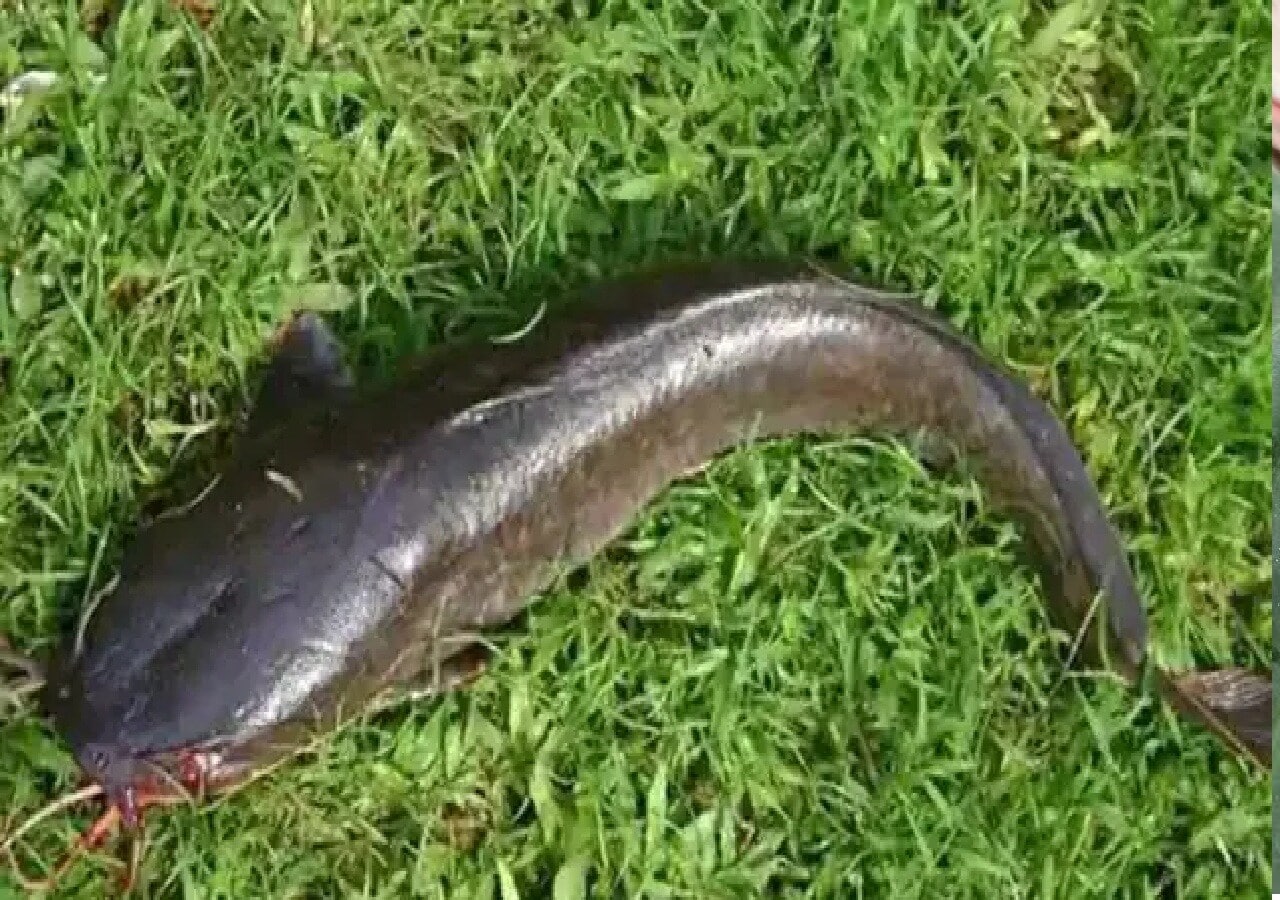
The scientific name of Thai Magur is Clarias garipinus, also referred to as hybrid Magur or giant Magur. According to the Fisheries Department, the cultivation of this hybrid Magur is banned in the state because it consumes all other fish in the pond where it resides. Yet, despite the ban, this fish is being cultivated in numerous ponds across the state.

Thai Magur can grow to lengths of 3 to 5 feet. It can survive for extended periods with its artificial respiration system and can even move on land.
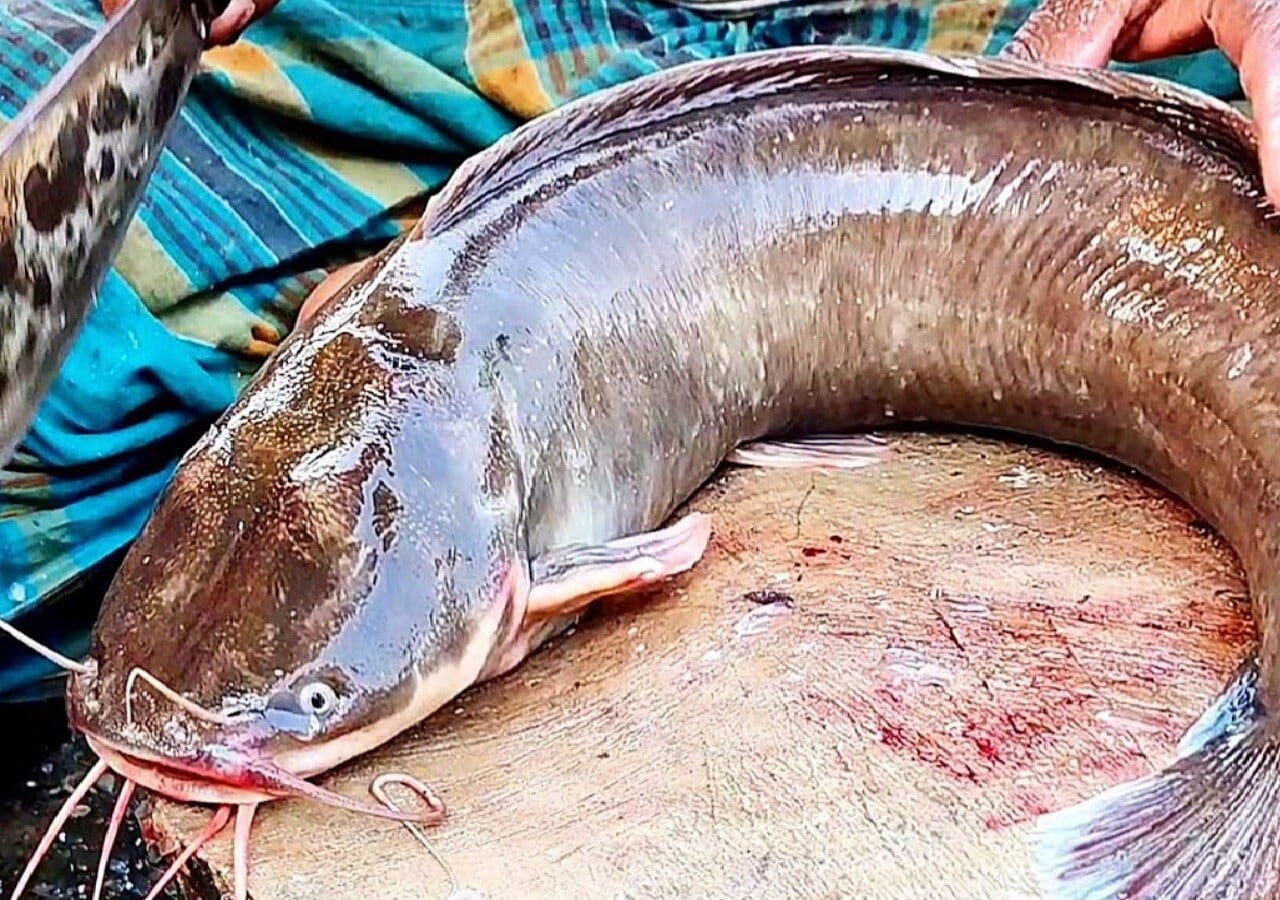
Dr. Priyanka Arya, Assistant Director of the Aligarh Fisheries Department, emphasises that Thai Magur is extremely harmful and banned in India due to its serious health risks. The cultivation, sale, and consumption of this fish are prohibited. In 2000, the central government banned the cultivation of Thai Magur in India through legal means, following the National Green Tribunal’s orders to prevent significant environmental pollution. Additionally, Thai Magur grows so large that it consumes 70% of other fish in the pond.
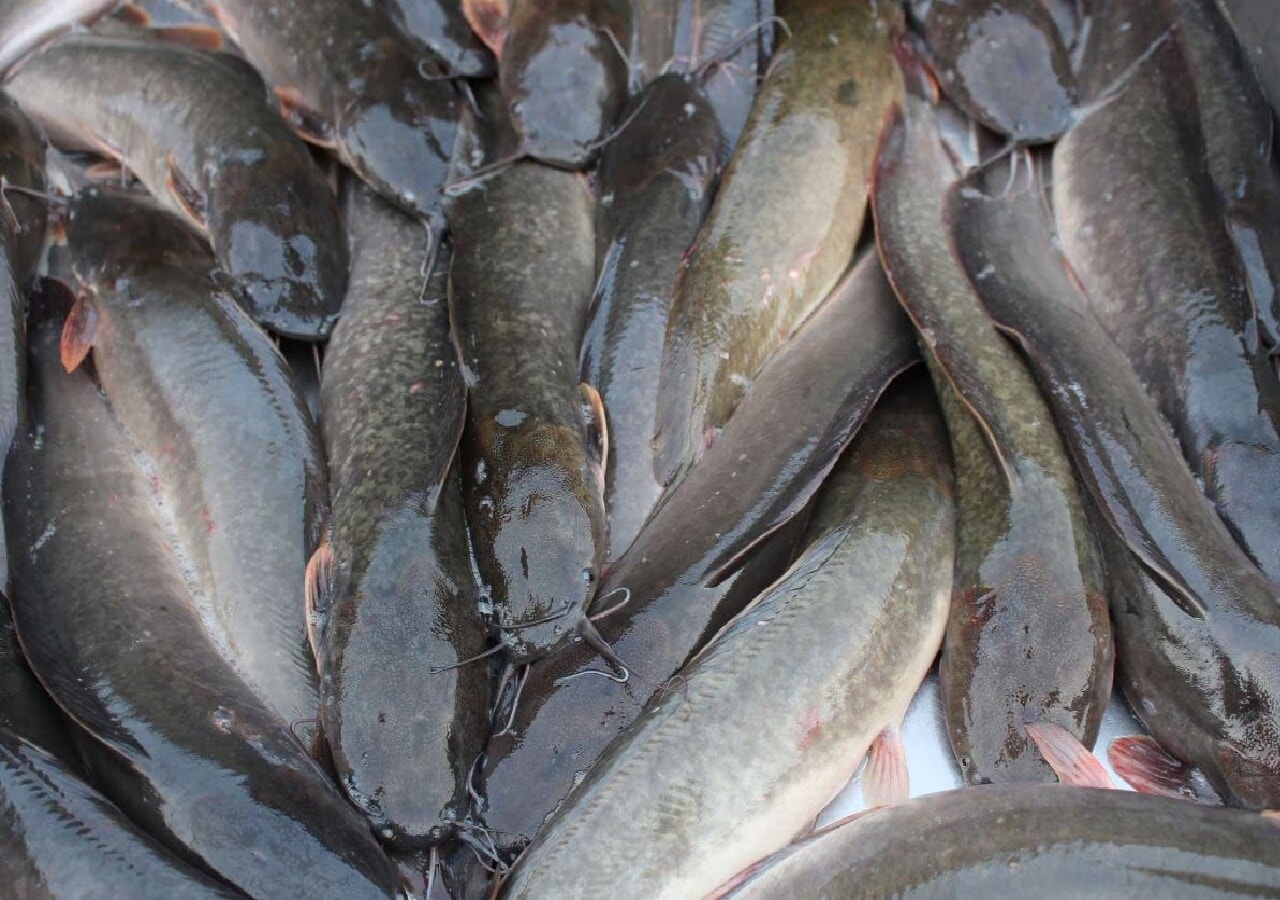
Experts have warned that consuming Thai Magur can increase the risk of cancer. This exotic fish species is not only detrimental to human health but also disrupts environmental balance.
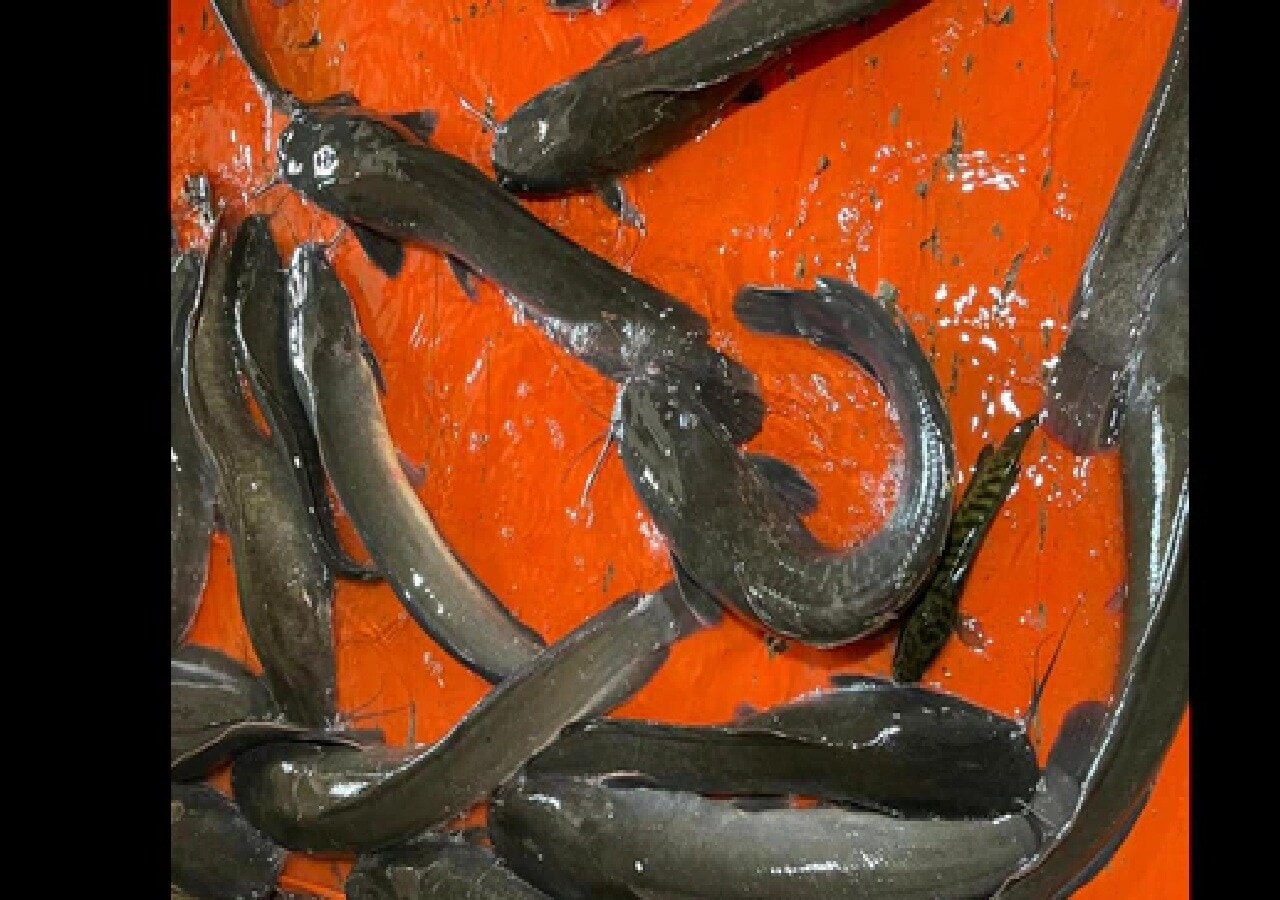
Dr. Arya stated that the cultivation, sale, and consumption of this fish in India are strictly prohibited by law, and legal action is taken against those who violate this rule. The Fisheries Department is actively informing the public about the harmful effects of Thai Magur, particularly its cancer-causing properties.
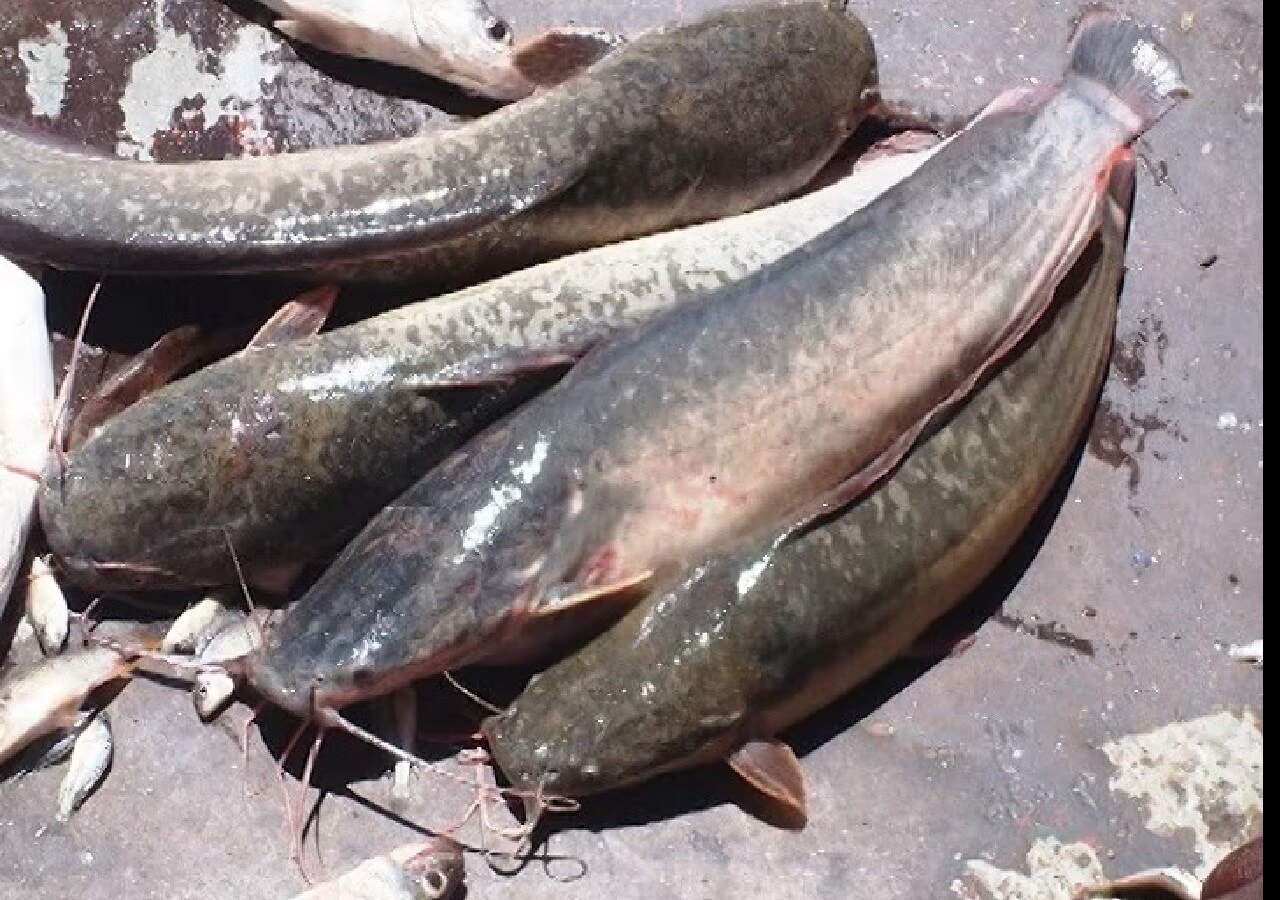
Studies indicate that Thai Magur is responsible for approximately 70 percent of the decline in indigenous fish species in India, significantly impacting the aquatic environment. Furthermore, fishermen often feed this fish rotten meat and spinach, exacerbating water pollution.

Thai Magur grows by consuming industrial and agricultural waste mixed in the water, resulting in a body full of pollutants, including high mercury levels, which are severely harmful to humans.
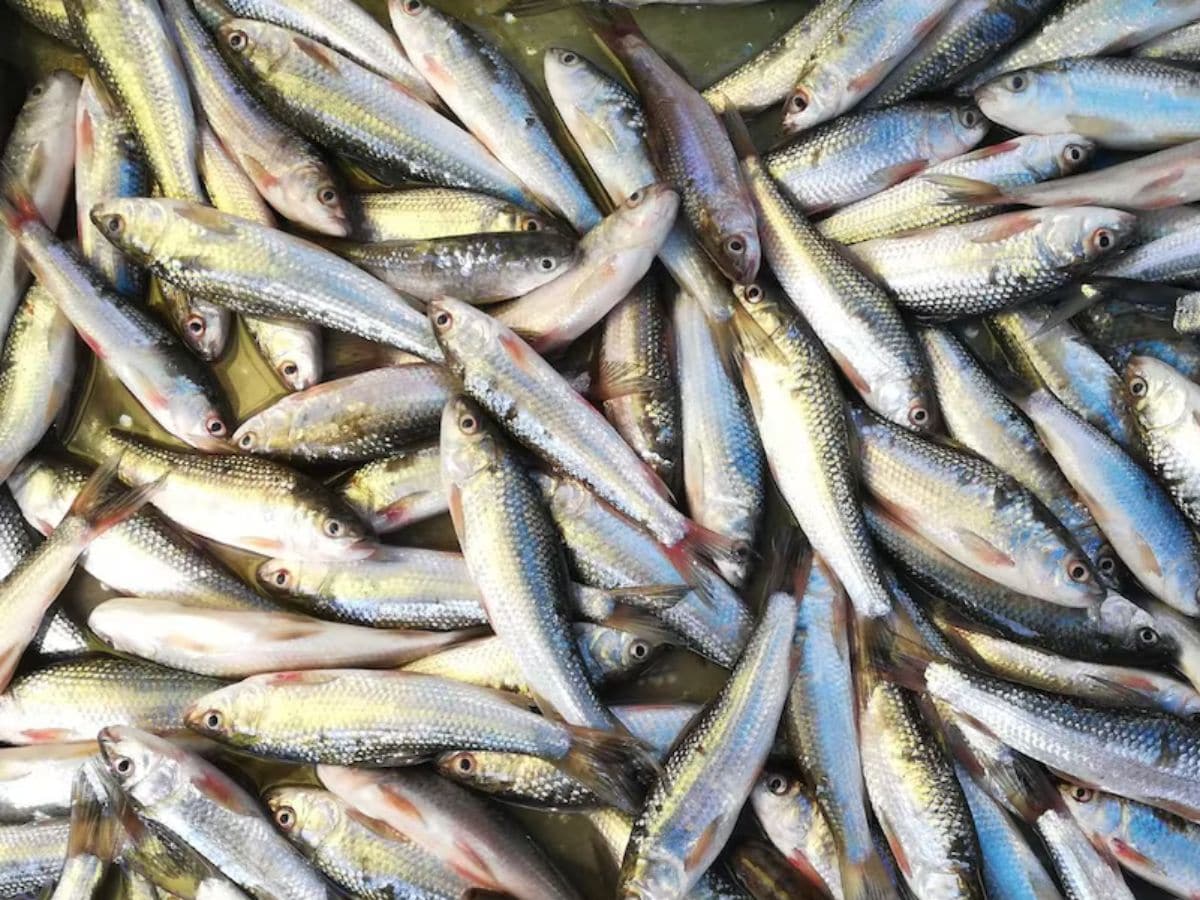
In many countries, there is a tradition of eating raw fish. However, raw fish should not be consumed in our country’s climate as it can cause stomach pain. In some instances, raw fish may contain harmful germs, posing health risks and potentially leading to death.
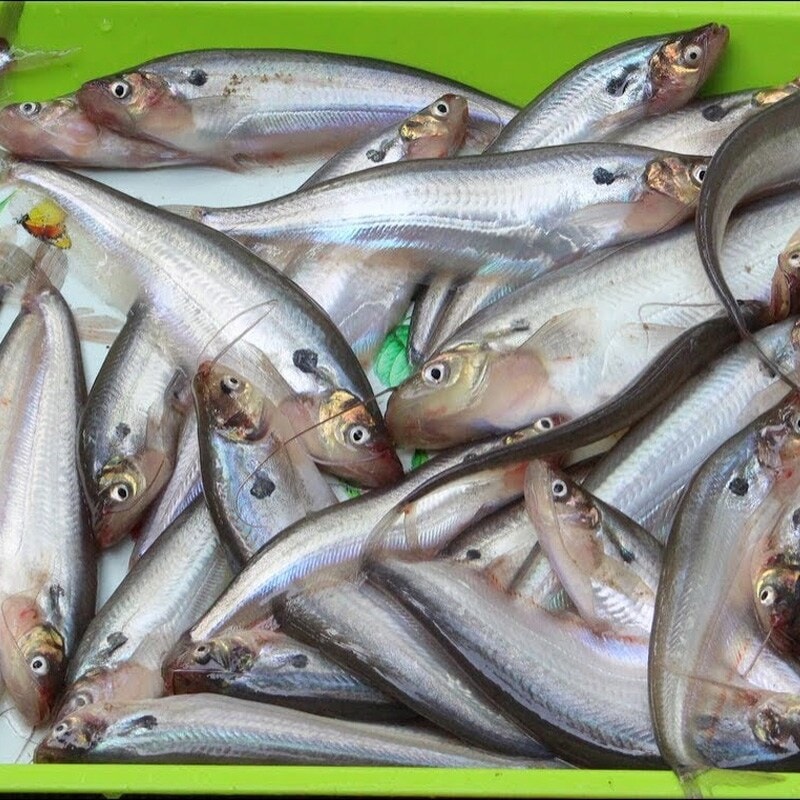
Some believe that eating raw fish gallbladders can reduce diabetes. However, the consequences can be severe. In 2023, a woman from Jharkhand consumed raw Rui fish gallbladder for three consecutive days to combat diabetes, ultimately leading to fatal kidney disease.

Many think eating various parts of raw fish can cure diseases like diabetes, asthma, and arthritis, and improve eyesight. This notion is entirely incorrect. Consuming raw fish parts can be fatal.

Fish contains protein, and regular consumption in moderation poses no harm. However, excessive consumption of Hilsa and Pangas can cause stomach upset.
[title_words_as_hashtags




